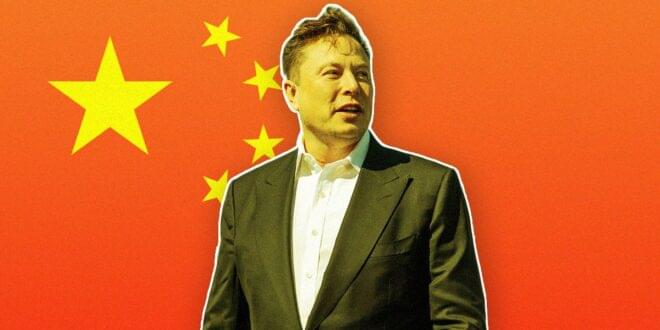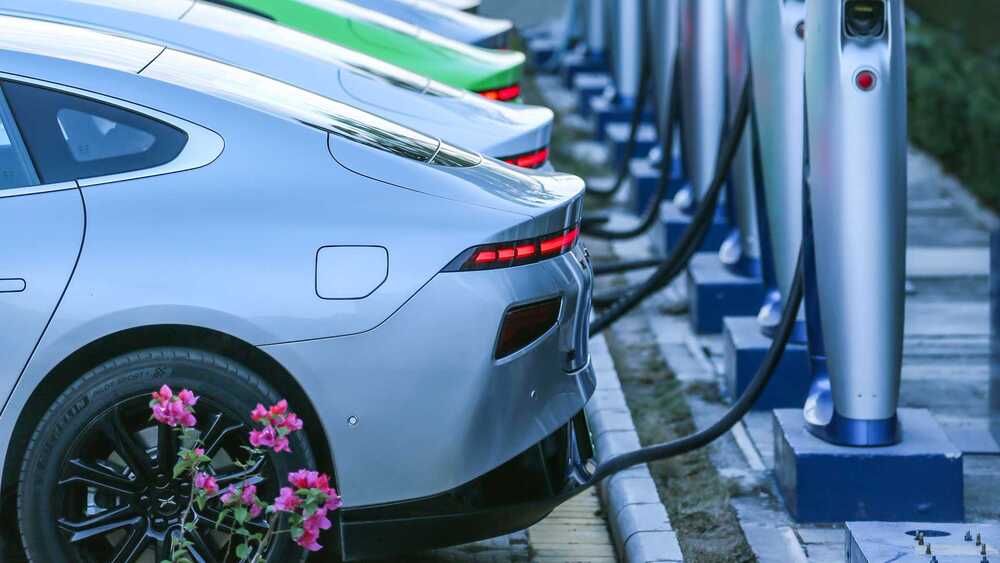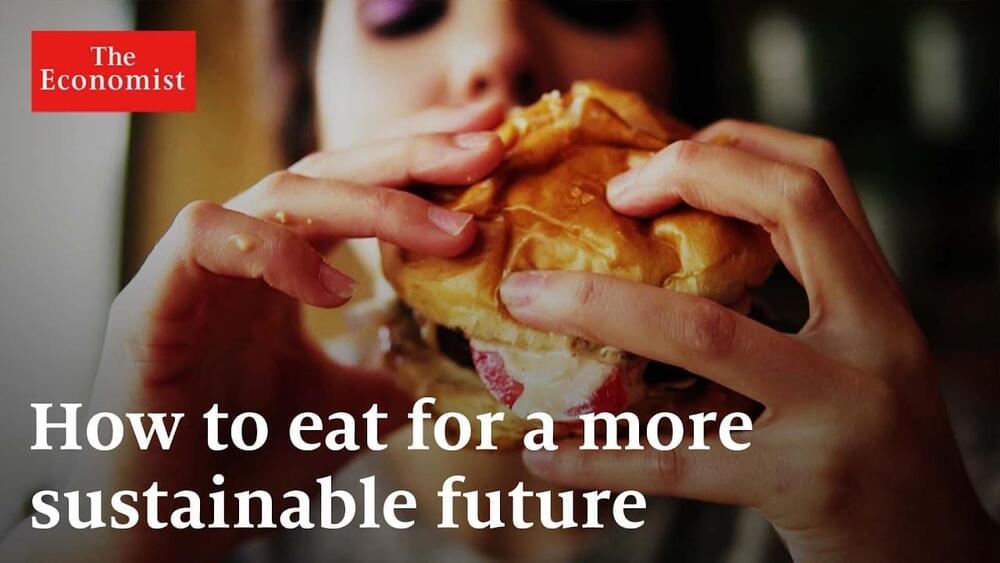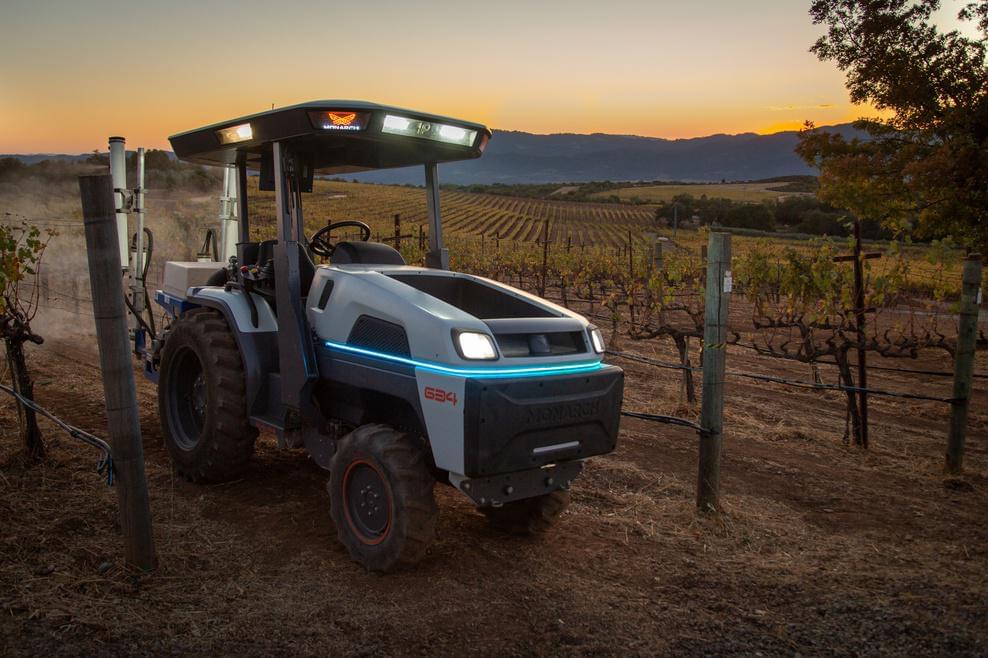
The interest of the US air force has been caught by the tech company Twelve’s project that allows the manufacture of a carbon-neutral aviation fuel called E-Jet. It can be used at any place, and it uses carbon dioxide from the air, water, and renewable energy.
Usually, the supply lines of energy, fuel, and water are the main targets for the opposing forces. The US Air Force stated that the attacks on fuel and water convoys in Afghanistan amounted to 30 percent of coalition casualties.
This process is being called “industrial photosynthesis” and makes use of the polymer electrolyte membrane electrolysis. It is a kind of inverted fuel cell, with a metal catalyst installed on a cathode to break down carbon dioxide and water into their component ions and then convert them into oxygen, hydrogen, and carbon monoxide.










